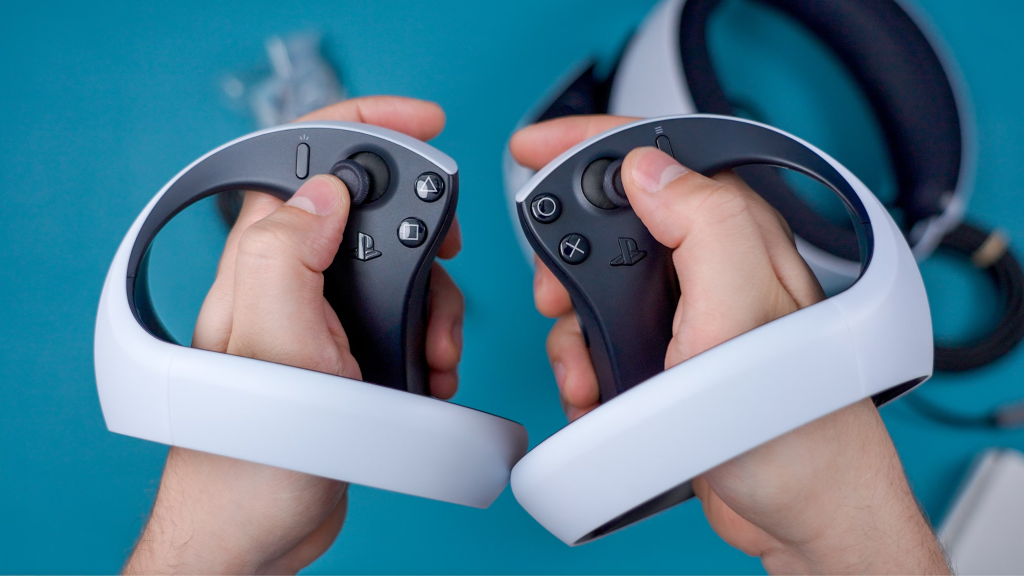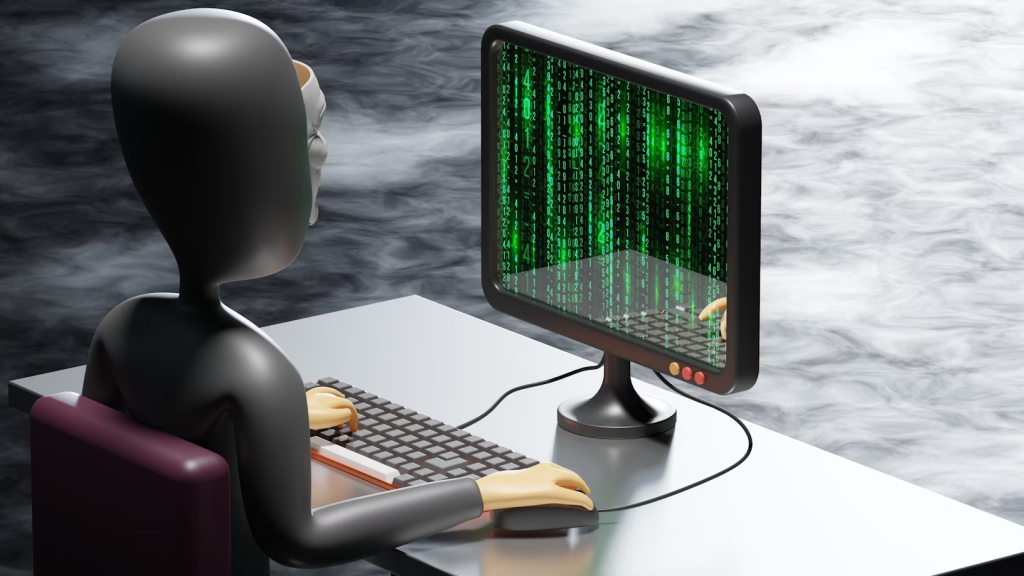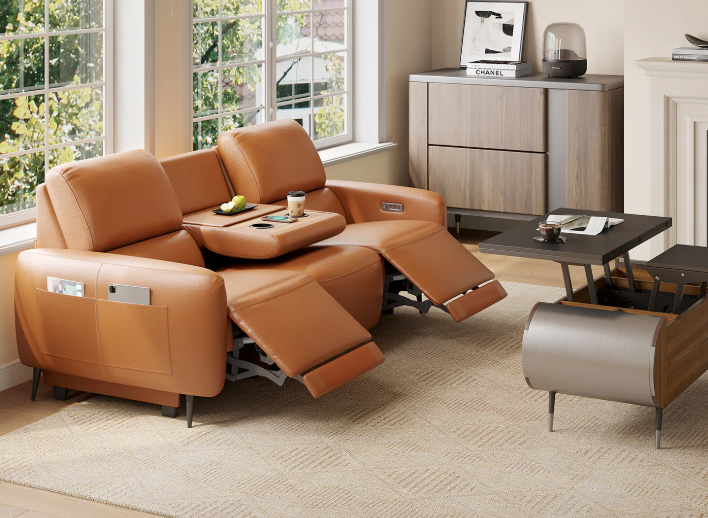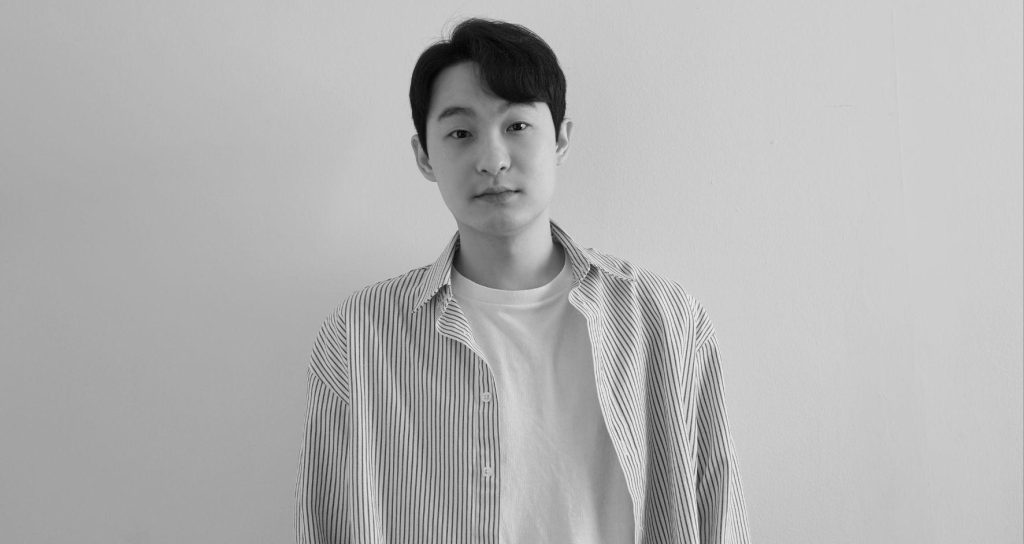Haptic and adaptive-trigger controllers promise smarter vibration, variable resistance, and a richer sense of touch. Marketing often frames this as free accuracy and deeper immersion. Reality is more practical: feedback becomes an advantage when tuned to readable signals, steady frame pacing, and consistent input mapping and it becomes noise when timing drifts or cues conflict with on-screen truth.
Modern distribution and UX stacks offer a useful analogy. Platforms that curate experiences, including marketplaces and discovery hubs such as new casinos aggregator — guide behavior through clear loops of stimulus and response. In games, the controller is that loop in the hand: vibration, resistance, and micro-clicks should reinforce information the eye and ear already trust, not argue with it.
What “Feedback” Actually Does
Three buckets cover most features. First, classic rumble: broad vibration for explosions, collisions, and footsteps. Second, high-resolution haptics: localized buzz that can suggest surface texture or directionality. Third, adaptive triggers: motors or magnets that add or remove resistance to mimic recoil, throttle tension, or a bowstring. None of this raises raw skill on its own; the gain arrives when signals are timely, interpretable, and stable across sessions.
Where Feedback Helps and Practical Wins
- Timing cues that beat the eyes
Micro-pulses aligned with invincibility frames or perfect-parry windows shorten reaction guessing and reduce over-correction. - Tactile aim anchoring
Light trigger resistance at the break point steadies finger travel, shrinking the “yank” that ruins first-shot accuracy. - Traversal without HUD clutter
Subtle left/right ticks for hidden ledges or off-screen threats cut screen noise while preserving situational awareness. - Vehicle and recoil grammar
Graduated resistance simulates grip and traction; recoil decay patterns teach rhythm faster than a bar graph. - Accessibility bridges
Distinct textures for status effects (freeze, burn, poison) translate color-coded info into touch for players with color-vision limits.
When cues map consistently to game states, muscle memory forms faster. The key word is “consistently”: the same haptic pattern must always mean the same thing, independent of map, skin, or camera shake.
Why the Promise Sometimes Fails
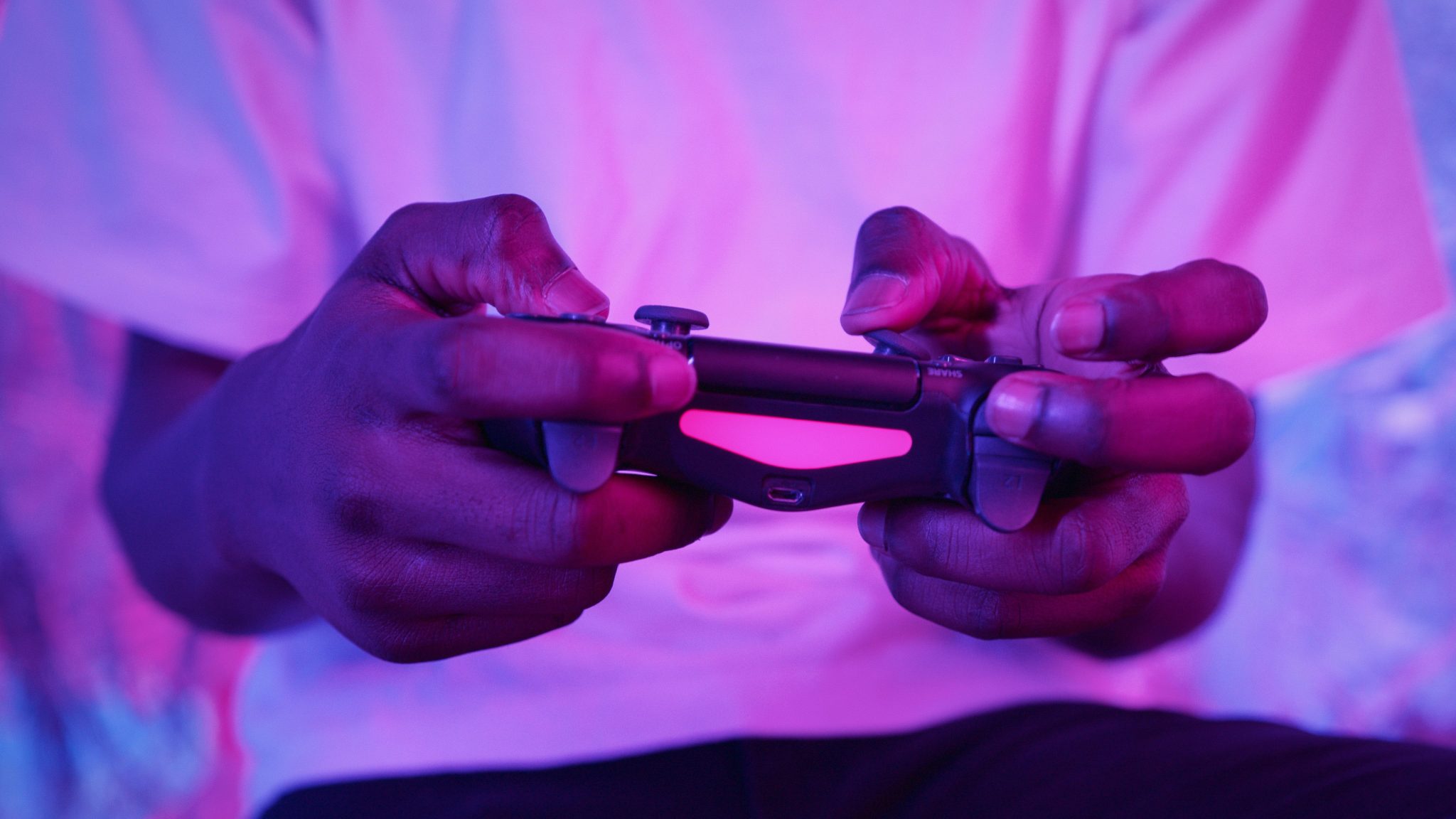
Feedback loses value when latency climbs or when it contradicts what the screen and speakers report. Over-busy haptics blur into static; mismatched trigger curves exhaust hands; low-end motors turn nuanced design into a single buzz. Another pitfall is balance: some competitive lobbies disable advanced haptics by default to avoid perceived advantages or battery-drain pauses. Finally, platform fragmentation can create different tactile “languages” across titles, breaking transfer of learning.
Calibration matters. A short test loop: ten minutes of parries, sprints, climbs, and single-fire taps, reveals whether patterns teach or distract. If a cue does not change in-game decisions within that window, the cue is decoration.
Competitive Implications in Plain Terms
In ranked play, advantages come from faster recognition, lower input variance, and reduced cognitive load. Good feedback serves all three by moving part of the signal from vision to touch, freeing visual attention for macro decisions. The effect is small but real, most noticeable in timing-critical actions: perfect reloads, rhythm recoil, and parry windows. Gains taper when frame rate stutters, when network jitter breaks prediction, or when cues arrive late. In those conditions, disabling complex haptics often improves performance by removing conflicting stimuli.
Buying Checklist and What Actually Matters
- Latency and consistency
Controllers with stable polling and minimal added delay beat flashy motors with sloppy timing. - Granularity over brute force
High-resolution actuators that can create distinct textures outperform single-note rumble at every task. - Trigger curve control
Editable resistance profiles (or at least multiple presets) allow a natural break for shooters and a smoother throttle for racers. - Battery and thermals
Strong haptics draw power; long sessions need efficient motors and sensible heat management. - Developer adoption
A library where top competitive and narrative titles implement nuanced haptics is worth more than one showcase demo.
A short field test completes the picture: load a known scenario, toggle features on and off, and look for measurable changes, fewer missed timings, cleaner first-shot accuracy, calmer camera. If no metric moves, skip the feature.
Best Practices for Setup and Training
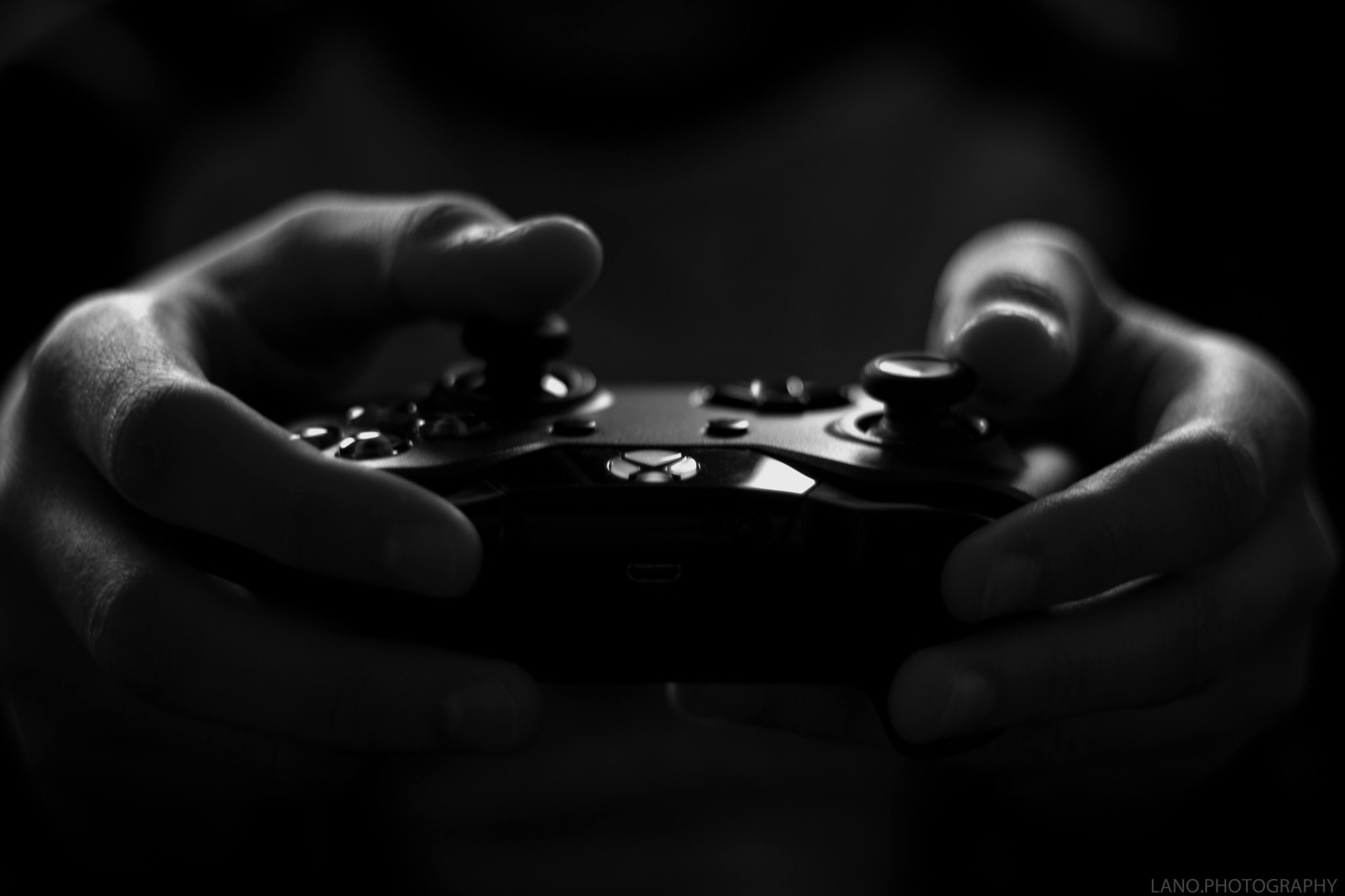
Treat feedback as a language learned in context. Start with a few cues tied to pivotal moments, then layer more once the basics feel automatic. Keep trigger resistance modest to prevent fatigue, and prefer cues that align with audio tells already in the mix. For split platforms or cross-play, aim for the most transferable setup: similar sensitivity, matching dead zones, and familiar haptic patterns across titles. Regular maintenance helps, too — firmware updates often fix timing drift or add preset options.
Verdict: Myth or Edge?
Feedback is neither miracle nor myth. As a teaching tool and attention aid, it adds a measurable, if modest, edge when paired with stable performance and clear design. As decoration or marketing checkbox, it becomes weight in the hands and fog in the brain. The winning recipe is simple: timely cues, consistent meanings, humane resistance, and the discipline to disable what does not help. With that, the controller stops shouting and starts coaching and play becomes smoother, sharper, and more readable.


